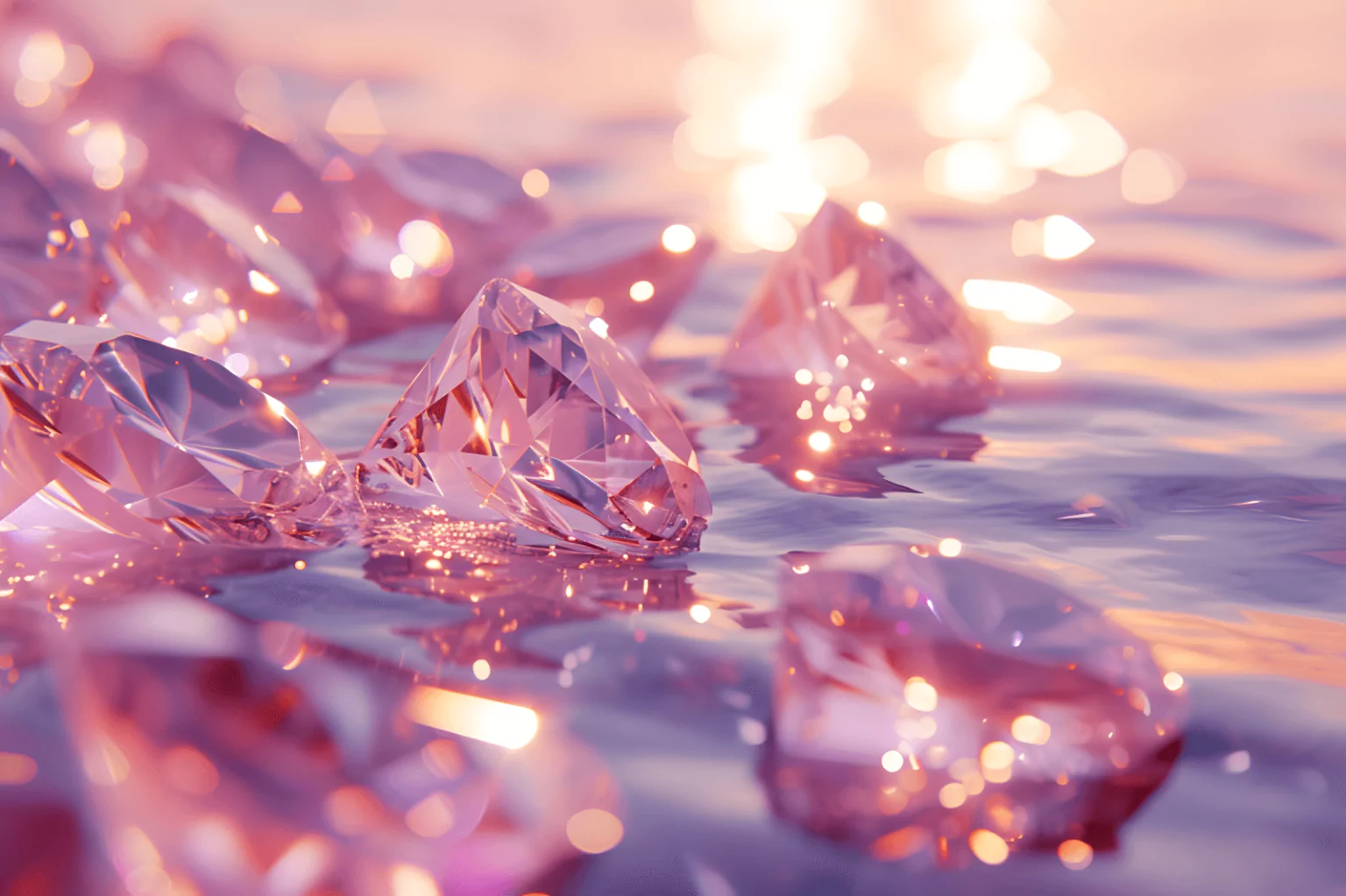In a strategic pivot, De Beers, the iconic diamond company, is abandoning its venture into lab-grown diamonds and renewing its focus on natural stones. This shift comes as the company prepares for a major transition away from its long-time parent company, Anglo American Plc.
We know how to do it and we’re coming back,
Al Cook, CEO of De Beers De Beers’ six-year experiment with synthetic diamonds is coming to an end. The company had launched Lightbox, a brand selling lab-grown diamonds at discounted prices, in an effort to differentiate these products from natural diamonds. However, with the synthetic diamond market now saturated and prices plummeting, De Beers has decided to cease the production of lab-grown diamonds.
De Beers CEO Al Cook explained that the decision aligns with a broader strategy to distinguish natural diamonds from synthetic ones. This move is part of a larger overhaul as De Beers anticipates its separation from Anglo American Plc, which has decided to sell or separate from the diamond giant to focus on other commodities.
The synthetic diamond market has seen significant price drops, partly due to increased supply. This has challenged the profitability of lab-grown diamonds, including those sold by Lightbox. Despite these challenges, De Beers will continue selling its existing inventory of synthetic diamonds until it is depleted, a process expected to take about a year.
The impact of synthetic diamonds on the broader diamond market has been notable. Prices for natural diamonds, particularly those used in more affordable jewelry like 1 to 2 carat wedding rings, have been pressured by the availability of cheaper lab-grown alternatives. The long-term effects on the diamond industry remain a topic of debate among industry experts.
All of this comes together under a big theme of differentiating natural diamonds from lab grown,
Al Cook, CEO of De Beers De Beers’ strategy will now focus on promoting natural diamond jewelry through a marketing approach that emphasizes the unique value of natural stones. The company also plans to expand its retail presence and explore new ventures in polishing its own diamonds, traditionally a sector dominated by family-run firms in India and Belgium.
The company’s goal is to achieve an annual core profit of $1.5 billion by 2028, a significant increase from last year’s $72 million. Historically, De Beers’ profits have fluctuated between $500 million and $1.5 billion, reflecting the cyclical nature of the diamond industry.












